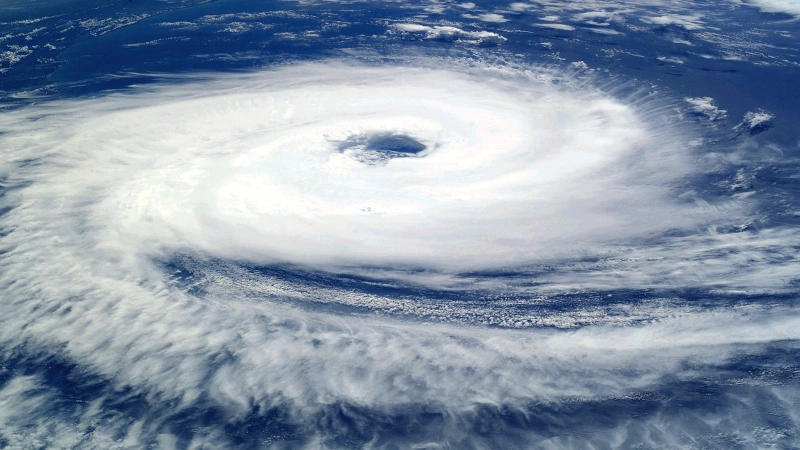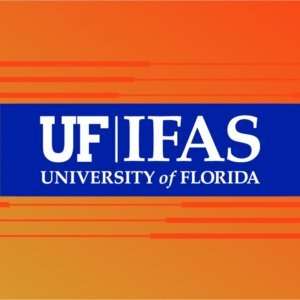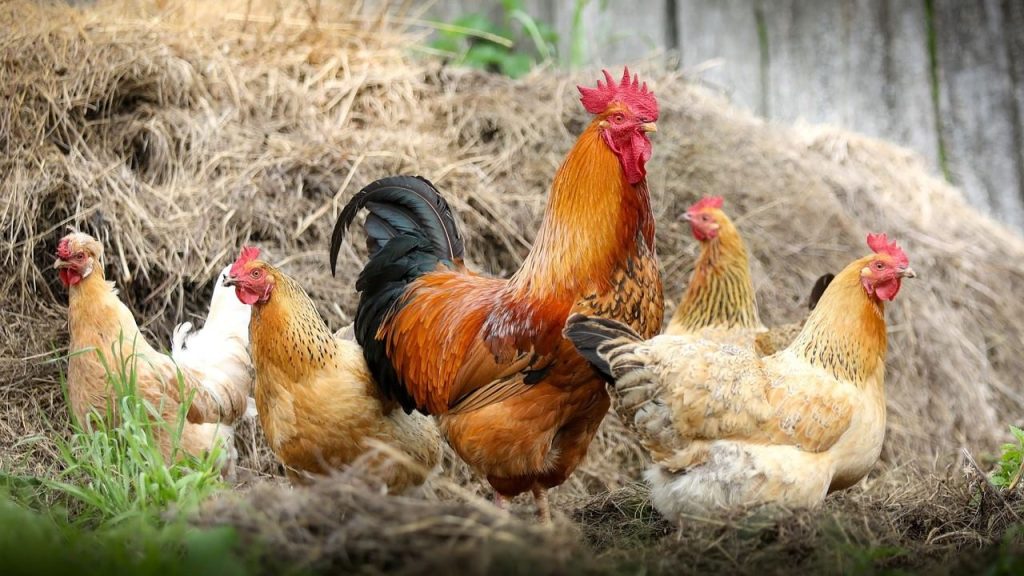Written by: Megan Winslow, Public Relations Specialist, UF/IFAS
Megan grew up in Gainesville and graduated from the University of Florida College of Journalism and Communications. She enjoys photography, swing dancing and classic rock music. She is a huge fan of Tom Petty.
- The UF/IFAS Economic Impact Analysis Program rapidly assesses the impacts to Florida agriculture following extreme weather events. The preliminary report for Hurricane Helene is newly released.
- The report estimates a credible range of losses between $40.3 million and $162.2 million. This range will be narrowed in a final report released in the coming months.
- The estimate includes the value of shellfish and finfish aquaculture, but it does not include the value of damage to agriculture-related infrastructure or production losses associated with timber and commercial fishing.
The agricultural production losses Florida experienced due to Hurricane Helene have an estimated value between $40.3 million and $162.2 million, according to a preliminary report by the UF/IFAS Economic Impact Analysis Program (EIAP).
The report is based on a diverse set of baseline data and surveys UF/IFAS economists distributed to producers.
Helene, a Category 4 storm, made landfall Sept. 26 near Perry and brought tropical storm-force winds to 55 of the state’s 67 counties, as well as hurricane conditions to eight others: Dixie, Hamilton, Jefferson, Lafayette, Madison, Suwannee, Tayor and Wakulla.
Helene affected more than 6 million acres of agricultural land in Florida, property that collectively produces an estimated $8.7 billion in agricultural products over multiple growing seasons each year. Sixty-eight percent of the affected land is used for animal grazing.
By comparison, Hurricane Debby, a Category 1 storm that impacted 2.2 million acres of agricultural land in early August, resulted in production losses of about $170 million, according to a soon-to-be released final report from the EIAP.
“Debby, despite being a weaker storm in terms of wind, resulted in greater agricultural losses than Helene due to heavier rainfall and more extensive flooding, some of which affected areas that grow or raise higher-value products,” said Xiaohui Qiao, EIAP research assistant professor.

Xiaohui Qiao, EIAP Research Assistant Professor, UF/IFAS
A vast majority of lands affected by Helene – 99.6% – experienced low-intensity weather conditions.
Agricultural operations in the Big Bend region – particularly in Franklin, Gulf and Liberty counties – experienced the most intense rainfall, 12 inches between Sept. 23 and 29. Helene caused widespread storm surge on the Gulf Coast, with barrier islands and part of the coastline recording as much as 15 feet of flooding. Inland, estimated flood depth generally reached between 1 foot and 2 feet.
Powerful winds are responsible for a large percentage of agricultural losses caused by Helene. The storm flattened and stripped crops, damaged irrigation systems and fences and caused power outages.
The estimated range of annual production losses for the current growing or marketing season for select commodity groups include:
- Field and row crops: $12.8 million to $48.2 million
- Animals and animal products: $11.8 million to $44.4 million
- Vegetables, melons and potatoes: $10.5 million and $38.2 million
The EIAP economists attribute the significant difference between the low and high estimates in each range to uncertainty as well as to large swaths of agricultural lands where producers experienced weak hurricane conditions and reported minimal or no losses.
UF/IFAS EIAP reports rely heavily on agricultural producers’ survey responses. In addition to improving public understanding of the economic importance of agriculture, the information collected is used to improve the industry’s resilience by informing disaster response and recovery, emergency planning exercises and policy discussions.
Although the EIAP team is committed to providing timely and reliable estimates of production losses, this year’s overly active hurricane season has prolonged the assessment process, said Christa Court, UF/IFAS EIAP director.

Christa Court, EIAP Director, UF/IFAS
“Helene made landfall only eight weeks after Hurricane Debby, in the same region of the state, and we had to modify our methods to ensure that we were not double counting and overestimating production losses,” Court said. “Hurricane Milton, which made landfall just under two weeks after Helene and was associated with an outbreak of tornadic activity, has resulted in additional complications that we are now managing in our assessment of that event.”
Milton made landfall Oct. 9 near Siesta Key. The EIAP’s preliminary report detailing impacts from the Category 5 storm is forthcoming.
Economists will continue to collect data related to Hurricane Helene through 2025. The information supplied will be used in the program’s final report on the storm, which is expected within the first quarter of 2025. It will also support broader studies of extreme weather events’ effect on agriculture and inform assessments of future events.
Report impacts from Hurricane Helene and access the economists’ preliminary report on the EIAP website.
The post Hurricane Helene: Florida agricultural production losses top $40M, UF economists estimate first appeared in the University of Florida Institute of Food and Agricultural Sciences’ Agriculture blog.
The mission of the University of Florida Institute of Food and Agricultural Sciences (UF/IFAS) is to develop knowledge relevant to agricultural, human and natural resources and to make that knowledge available to sustain and enhance the quality of human life. With more than a dozen research facilities, 67 county Extension offices, and award-winning students and faculty in the UF College of Agricultural and Life Sciences, UF/IFAS brings science-based solutions to the state’s agricultural and natural resources industries, and all Florida residents.




